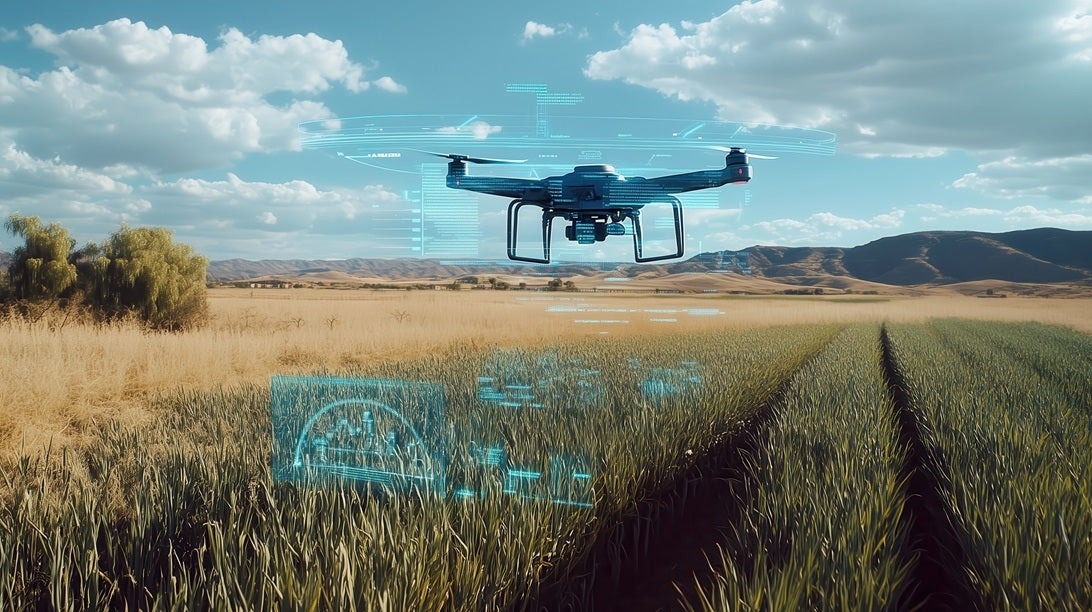In the quest to understand and protect our planet, environmental monitoring has always been crucial. Traditionally, this has relied on manual sampling, satellite imagery, and fixed sensor networks—methods often hindered by time delays, limited spatial coverage, and high costs Invasive Plant Detection. However, the convergence of artificial intelligence (AI) and drone technology is now ushering in a transformative era: AI-powered drones enabling real-time environmental forensics.
What is Environmental Forensics?
Environmental forensics refers to the process of investigating pollution sources, tracking contamination pathways, and identifying environmental changes—essentially solving ecological mysteries to prevent or mitigate damage. Historically, this field depended on slow, reactive approaches. But with AI-powered drones, monitoring shifts from reactive to proactive, offering dynamic insights on pollution events, habitat degradation, and climate change indicators.
How AI-Powered Drones Work in Environmental Monitoring
Equipped with advanced sensors such as multispectral cameras, gas analyzers, and LIDAR systems, drones collect vast amounts of data across air, land, and water. AI algorithms onboard or cloud-based can:
-
Analyze data instantly: Machine learning models detect anomalies like chemical leaks, illegal deforestation, or invasive species incursions as they happen.
-
Map pollution dispersion: AI reconstructs the spread of contaminants in air or water to identify sources and affected areas.
-
Predict environmental trends: Leveraging historical data, AI anticipates environmental risks, enabling early interventions.
Unique Applications Making a Difference
-
Illegal Mining Detection in Remote Regions
Illegal mining often leads to toxic chemical spills and habitat destruction, occurring in areas inaccessible to ground teams. AI-powered drones autonomously patrol these zones, identifying mining activity through spectral signatures of disturbed earth or pollutant presence, alerting authorities faster than traditional surveillance. -
Coral Reef Health Assessment
Coral reefs are sensitive to water quality and temperature changes. AI drones capture high-resolution underwater imagery and analyze it to detect early signs of bleaching or disease, allowing conservationists to act swiftly. -
Air Quality Hotspot Identification in Urban Environments
By flying over cities, AI drones gather fine-grained air pollution data, identifying hotspots linked to traffic, factories, or fires. AI models process this data in real time to support public health responses and urban planning. -
Wildfire Early Detection and Monitoring
AI-powered drones can detect minute changes in temperature or smoke particles, often before wildfires become visible from the ground. Their autonomous flight enables rapid deployment over vast forested areas, providing critical data for firefighting teams.
Challenges and Ethical Considerations
While the technology is promising, challenges remain:
-
Data privacy and surveillance concerns: The deployment of drones, especially in populated areas, raises privacy issues that need clear regulations.
-
AI biases: Models must be trained on diverse datasets to avoid misidentifications or overlooking certain environmental factors.
-
Battery life and range limitations: Continuous monitoring requires innovations in drone endurance and autonomous recharging.
The Future of Environmental Monitoring with AI Drones
As AI algorithms become more sophisticated and drones more efficient, the potential for continuous, large-scale environmental forensics grows. Integration with other data sources—like satellites and IoT sensors—will create comprehensive ecosystems of environmental intelligence.
Imagine a future where AI drones not only detect a pollution spill but also deploy bio-remediation agents, or where they collaborate in swarms to reforest deforested areas autonomously. This synergy of AI and drones represents a leap toward smarter, faster, and more effective stewardship of Earth’s fragile ecosystems.
